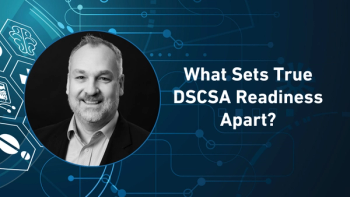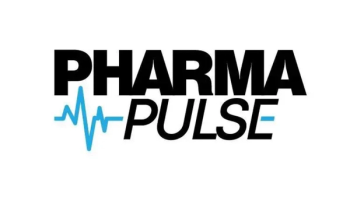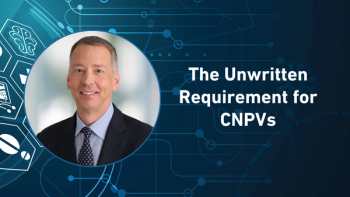
Utilizing AI in Today’s Current Landscape
In the third part of his Pharma Commerce video interview, Mark Sawicki, PhD, Cryoport Systems’ president and CEO, describes to what extent he believes artificial intelligence should be used at this particular point in time.
In a video interview with Pharma Commerce, Mark Sawicki, PhD, Cryoport Systems’ president and CEO, discusses the evolving state of global cell and gene therapy commercialization. Sawicki highlighted significant progress in key operational areas, noting that companies are now better prepared for commercial launches than in the past. Early challenges in manufacturing readiness have been largely resolved, with organizations now demonstrating clear strategies, scalable capacity, and well-vetted supply chains. Regulatory hurdles have also been substantially addressed, and most companies are effectively engaging primary launch sites, especially major academic medical centers, ensuring they are trained and ready for product deployment.
However, several persistent challenges remain. Reimbursement, particularly in Europe, continues to be a major hurdle—even for mature companies with marketed therapies. Another notable issue is physician education, especially outside of large teaching hospitals. Many community-based physicians lack a deep understanding of cell and gene therapies, creating a barrier to broader adoption.
Sawicki also pointed to community care engagementas an area needing attention. While major centers are prepared, regional and community sites are lagging in terms of readiness and support. According to available market data, current therapies are reaching only about 20% of the addressable patient population in the United States and Europe, with even lower uptake globally.
Finally, standardization of processes, particularly across clinical sites and within supply chain systems, remains an issue. Inconsistent procedures and infrastructure gaps at these levels hinder the ability of sites to fully support these complex therapies. Addressing these shortcomings will be critical to expanding access and realizing the full potential of cell and gene therapy worldwide.
Sawicki also comments on how supply chain expectations have shifted amid tighter funding, FDA leadership changes and evolving CMC standards; the critical role of cryopreservation, real-time logistics data and AI-enabled fulfillment in protecting product integrity and patient outcomes; what pharma leaders can borrow from CGT’s operational playbook to improve resilience across therapeutic areas; and much more.
A transcript of his conversation with PC can be found below.
PC: To what extent do you believe AI should be used at this particular point in time?
Sawicki: When you sit down and you talk to the industry around AI, it's really in an exploratory phase today. There're a few companies that have sprung up that are really betting the farm on AI as it relates to target identification, safety, and elements, but it's still really early, and I think most folks are kind of wait and seeing on the validity of AI before they step into it in a really aggressive way.
We're much of the same—we're observing and we're paying attention, but we'll be a fast follower. We're not going to be investing huge sums in AI until we can see a clear and defined ROI on that investment, so we're really looking at it right now just as a second check on things like risk management, validation, qualification-related activities, and supply chain optimization, just as a second check and balance against our human thought processes around it.
Newsletter
Stay ahead in the life sciences industry with Pharmaceutical Commerce, the latest news, trends, and strategies in drug distribution, commercialization, and market access.





